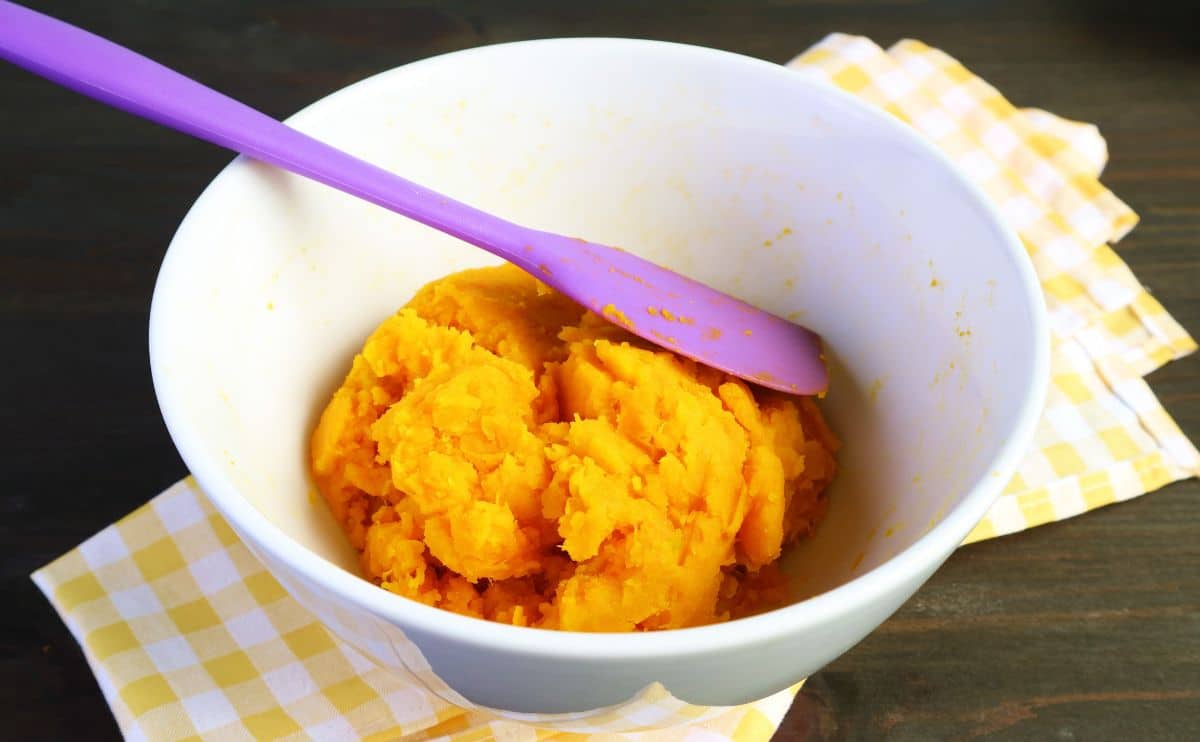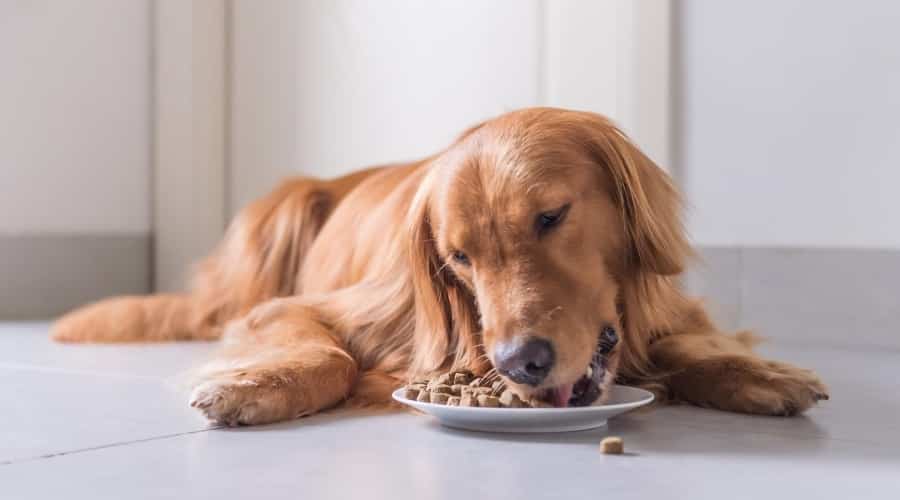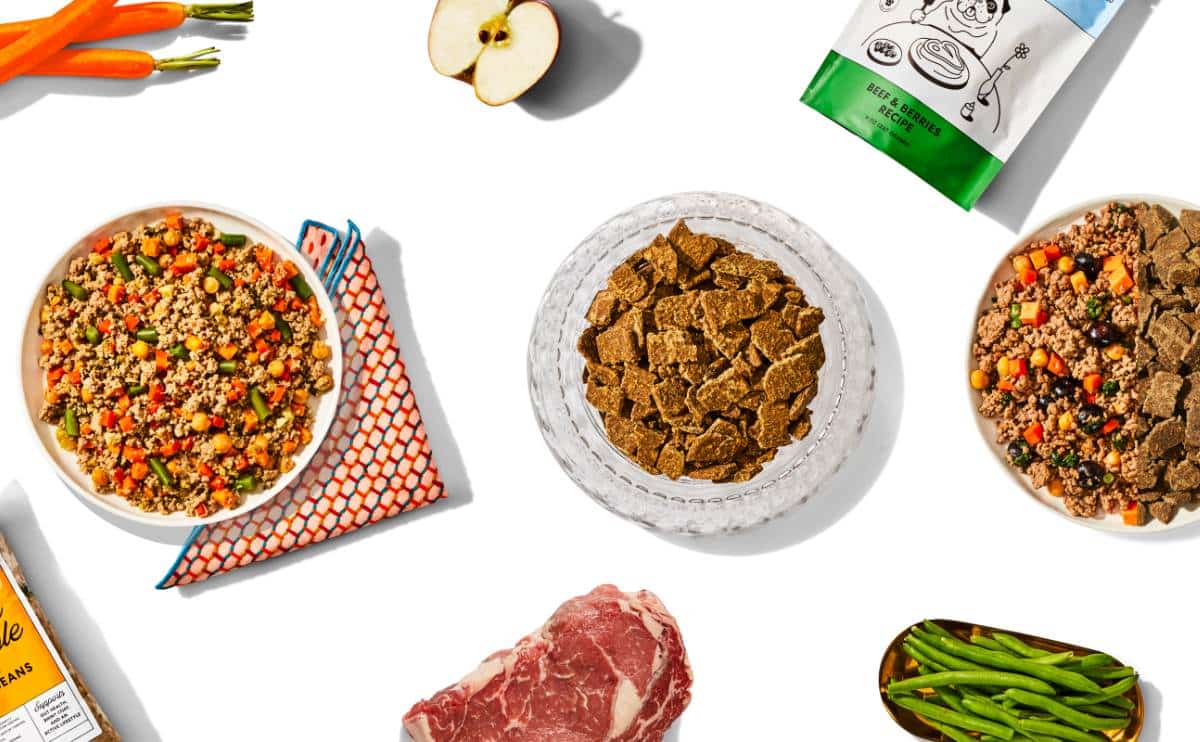Can Dogs Eat Squash? Is Squash Safe For Dogs To Eat?
When you purchase through links on our site, we may earn a commission. Here’s how it works.
Having our daily intake of fruit and vegetables is known to be healthy for us, as humans. But what about our dogs? You might notice pet foods often have vegetables as a listed ingredient. Dogs enjoy vegetables, and they can offer a natural antioxidant boost for most pups. You may notice squash as one of those ingredients.
Table of Contents
But what about raw, or cooked squash? Is this veggie beneficial to our canine companions? Or is that something that they should stay away from completely?
Just like humans, dogs are omnivores – they eat a variety of plants and meats. Dogs can’t eat all the same food we eat though, because some foods are toxic to dogs (onions, for example). In this article, we look at if squash is safe for dogs, and how much squash is acceptable to feed your canine companion.
What is Squash?

Firstly, let’s clear up the age-old argument – is squash fruit or veg? In a nutshell, it doesn’t matter, because dogs can eat fruit or veg, as long as they’re not toxic varieties, (grapes, for example, are toxic to dogs).
If you’re asking a plant boffin, technically squash is a fruit. Botanists (plant experts) consider something a fruit if it contains the seeds – which squash does. That said, squash tends to be savory in taste, and is usually used as a vegetable in cooking – so I’m calling it veg.
There are many varieties of squash. Butternut squash, pumpkin, and zucchini are among the most common.
So, Can My Dog Eat Squash?
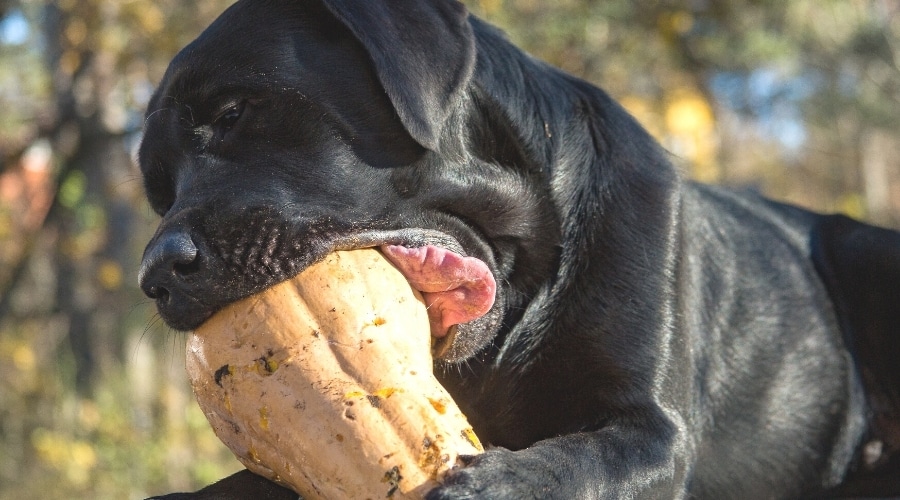
As mentioned, dogs are omnivores. This means they can eat both meat and veggies. When it comes to squash, the good news is that squash is safe for dogs to eat. As always though, there are a few rules!
Squash is a brilliant source of fiber, vitamins, and other nutrients for your pup. Squash tends to be rich in vitamins A, B and C. It’s also a good source of potassium which is important for nerves, muscles, and correct water retention. Eating squash can benefit your dog’s heart, eyes, skin and coat, gut, and immune system. Squash contains antioxidants – compounds that help prevent unwanted damage to cells in your pup’s body.
Squash is also high in fiber, which can help Fido have a healthy digestive system. We all, including our dogs, have bacteria in our guts (our gut microbiome), which helps us to digest our food properly. Eating fiber helps promote a healthy gut microbiome.
The fiber in squash can help lower blood sugar levels as part of a healthy, balanced diet, so it can be a good choice for dogs with diabetes. However, you should always speak to your veterinarian before changing the diet of a diabetic dog.
Squash is low in fat, so it can be a useful addition to the diet of an overweight dog, as it will help them to feel full for fewer calories. Speak to your veterinarian about how best to help your canine companion lose weight.
What Kinds of Squash Are OK?
There are lots of different varieties of squash – they are all safe for dogs to eat. The varieties do vary as to whether your dog can eat them raw or cooked, with or without rind, and whether the seeds are suitable for dogs to eat.
Squash varieties can be bracketed into groups known as summer squashes and winter squashes.
As a rule, the summer squashes are soft with a chewable rind and can be fed raw, with rind and seeds included. Zucchini and patty pans are types of summer squash. Summer squashes should still be fed chopped into bite-sized pieces to avoid choking. When cooked they will be soft and can be mushy – but should still be fed chopped.
Winter squashes are firm with tough rind and large, hard seeds. Pumpkin and butternut squash are winter squashes. Only the flesh of the winter squash should be fed to your dog – the rind and seeds are too tough and pose a risk of choking. The flesh should be cooked to soften it, and it should be cut into bite-sized pieces.
How Do I Feed My Dog Squash?
When feeding a dog squash, it is best as a treat or topper for food, rather than as a main meal. This means that it should be calculated as part of their ‘treat calories’ – 10% of a dog’s daily calorie allowance can be given to treats, including squash and any other human foods, dental treats, and training treats you give.
Feed squash with no added ingredients. Extra seasoning, sauces or dips might contain ingredients that are dangerous to dogs – like onion or garlic. Even cooking fats, like oils, can be bad for dogs.
Be sure to chop squash into small pieces. Large pieces can be a choking hazard. You can feed soft, summer squashes raw and grated.
Spaghetti squash is so-called because the flesh makes strands when cooked. Stringy things can be hard for dogs to swallow – it is best to cut the strands into shorter pieces.
When is Squash Bad For Dogs?
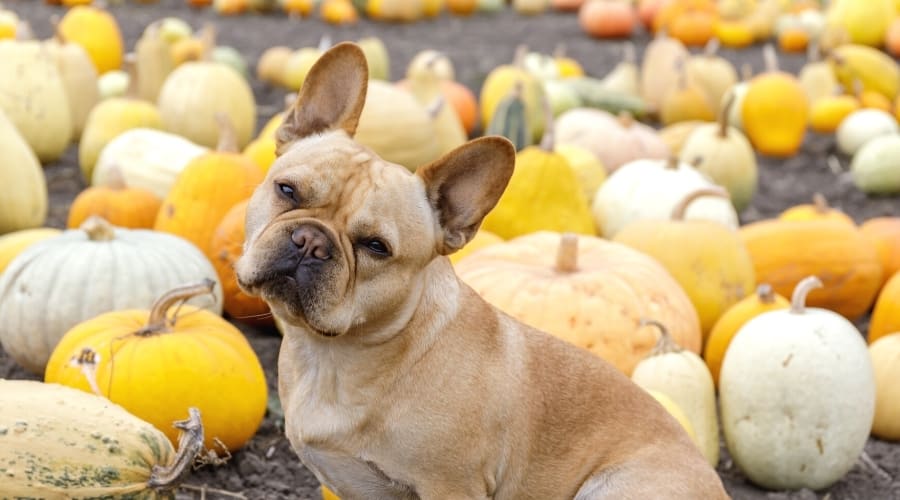
Any food in excess can be bad for dogs. Excess food can make dogs fat, which can lead to other health problems, like joint disease, arthritis, and diabetes.
If you feed any one food in excess, a dog’s diet will become unbalanced. A variety of plants and meats creates the best balance for dogs. Commercial dog food producers must make foods that achieve this balance. It is best to feed most dogs a commercial diet that is complete and balanced. Feed squash as an occasional extra, taking the calories out of your dog’s ‘treat allowance’.
If fed in large chunks, squash can cause choking, especially varieties with hard flesh, when fed raw. Always chop squash into small, bite-sized pieces before feeding it to your canine companion. Similarly, you should never feed your pup hard seeds or tough rind, as this can cause choking and tummy upsets. Soft rind and seeds like those in zucchini are OK.
Please be aware that any new food can upset your dog’s tummy. Always introduce new foods slowly – just a few small pieces to start with, then wait a few days before trying it again.
How Much Can My Dog Eat?
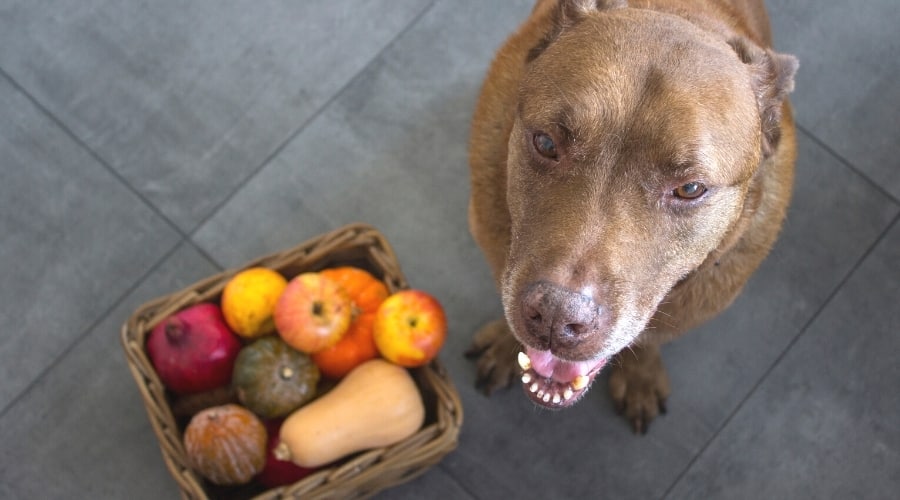
90% of what you feed your dog should be their main food. This is usually a commercially prepared, dog-specific food. This food should be complete (every nutrient your pup needs) and balanced (the nutrients should be in the right quantities).
Dog food is often labeled to say whether it is ‘complete and balanced’ or whether it is ‘complementary’. Complementary foods are designed to be fed as treats only and should make up no more than 10% of your dog’s daily calorie allowance.
When feeding squash to a dog, alongside their complete and balanced doggy food, be sure it doesn’t exceed 10% of their daily calories or you can risk unbalancing the diet. Even healthy treats can make a dog fat if fed in excess. Although, healthier snacks can be a great alternative to help your pup slim down.
It’s also worth noting that 10% of the daily calories for a Papillon will be different to 10% of the daily calories for a Mastiff. If you need help deciding how much your dog should eat to stay a healthy weight, please speak to your veterinarian.
Practically, you should start off by feeding your pup a small piece of squash, and then assessing the effect for 48 hours. If Fido copes well and doesn’t have any diarrhea, you can feed a maximum of 2 bite-sized pieces per day to a small dog, and 3 or 4 bite-sized pieces to a large breed dog. Remember, too much fiber can be a bad thing, so don’t be tempted to overdo it!
Final Thoughts
All squash varieties are a safe and healthy option to feed most dogs. Just be sure to feed them in moderation – making up no more than 10% of their overall food intake. Summer squash, with soft rind and seeds, can be fed raw or cooked. Winter squash, with harder rind and seeds, should be fed cooked with rind and seeds removed. All squash should be chopped into bite-sized pieces before being offered to your dog.
